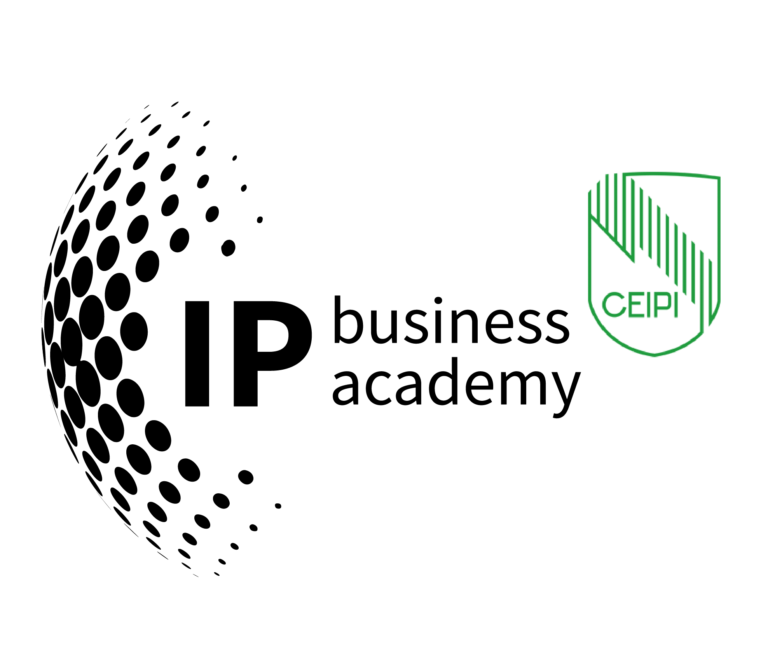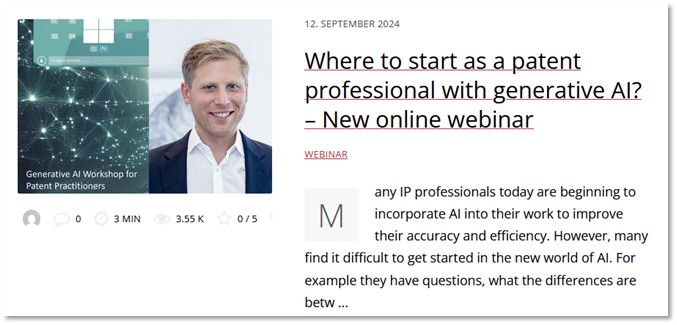Sebastian Goebel on IPBA Connect: How an IP Subject Matter Expert Turns Digital Visibility into Systematic Business Development
If you can show what you know, you make it easier for clients to choose what you can do. Few experts embody this better than Sebastian Goebel, European & German patent attorney and co-founder of Bösherz Goebel, whose specialty sits at the intersection of software, AI, and portfolio strategy. On IPBA® Connect channels and the IP Business Academy, Sebastian’s positioning is a blueprint for IP experts who want to convert reputation into relationships—consistently and without “hype cycles.”
__________________________________________________________________________________________________
 “The platform gave me the opportunity to showcase my expertise at the intersection of AI and law to a much broader audience. It has helped me connect with innovators who are shaping the digital transformation, and positioned my work in a community where IP is seen not just as legal protection but as a driver of ecosystem growth. This visibility has been invaluable for building trust and new collaborations.” Sebastian Goebel
“The platform gave me the opportunity to showcase my expertise at the intersection of AI and law to a much broader audience. It has helped me connect with innovators who are shaping the digital transformation, and positioned my work in a community where IP is seen not just as legal protection but as a driver of ecosystem growth. This visibility has been invaluable for building trust and new collaborations.” Sebastian Goebel
__________________________________________________________________________________________________
Below is a practical breakdown of how his expert branding, publishing rhythm, and funnel design work together—plus what other IP professionals can copy tomorrow.
Personal Branding / Expert Branding: Claim a concrete problem space
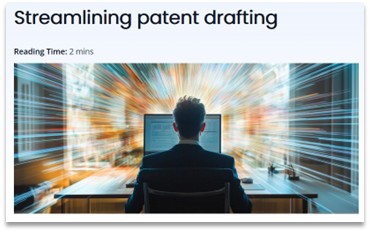 Strong expert brands don’t start with “I am a patent attorney.” They start with “I solve X for Y.” Sebastian’s X and Y are clear: AI-supported patent creation and value-oriented portfolio management for digital technologies. His 🔗dIPlex series on Streamlining patent drafting lays out the why and how: empower attorneys, reduce low-value toil, and raise application quality while keeping strategy central. This is expert branding through useful structure, not slogans.
Strong expert brands don’t start with “I am a patent attorney.” They start with “I solve X for Y.” Sebastian’s X and Y are clear: AI-supported patent creation and value-oriented portfolio management for digital technologies. His 🔗dIPlex series on Streamlining patent drafting lays out the why and how: empower attorneys, reduce low-value toil, and raise application quality while keeping strategy central. This is expert branding through useful structure, not slogans.
He then extends the brand promise into portfolio thinking. The 🔗dIPlex page on Value-Oriented Patent Portfolio Management frames decisions against business outcomes—timing, pruning, analytics, and communication to decision-makers—exactly what tech-oriented clients need from counsel today. This pairing (creation and curation) positions him not only as a drafter or prosecutor but as a strategic partner.
Takeaway for IP experts: Pick a client problem where you have asymmetric insight and build a small library (3–5 pieces) that shows your method, not just your CV.
Digital Visibility / Positioning: Publish once, echo everywhere
Sebastian’s visibility is built on pillar content plus smart distribution:
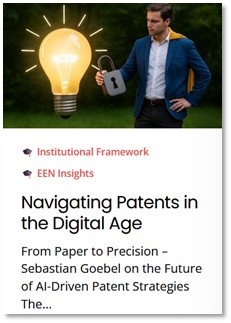 Pillar 1: Education pages on 🔗dIPlex (e.g., Empowerment and future-proofing, Improved quality & consistency, Competitive advantages). These are evergreen anchors that define his thought system in a structured way clients can reference internally.
Pillar 1: Education pages on 🔗dIPlex (e.g., Empowerment and future-proofing, Improved quality & consistency, Competitive advantages). These are evergreen anchors that define his thought system in a structured way clients can reference internally.- Pillar 2: Case- and event-based explainers via 📑IP Management Letter, e.g., his contribution to the EEN training on AI & Green Innovation, which translates policy and tooling into practical IP steps. This signals relevance to institutions and SMEs alike.
- Pillar 3: Timely perspectives on the 📝IP Business Academy Blog—such as articles on AI misconceptions, webinars for practitioners, and entries highlighted in 🎯IP Management Pulse #34 and #38—creating steady touchpoints for a broad, non-lawyer audience.
Positioning effect: clients and referrers learn what he stands for, how he works, and where his method fits in their process.
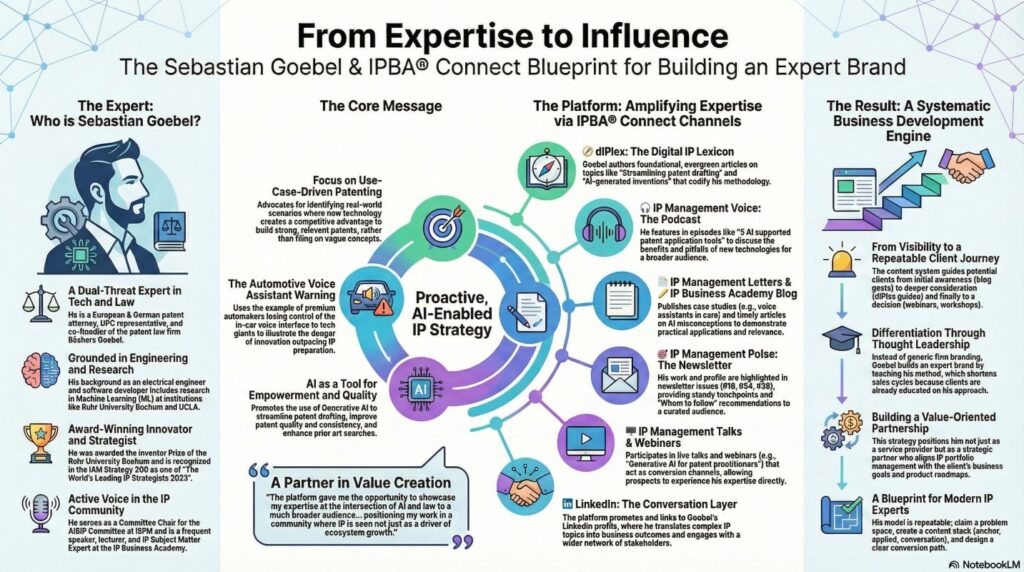
Digital Marketing: From content to channel system
On IPBA® Connect, “marketing” isn’t random posting—it’s a channel system that moves a niche audience from curiosity to commitment:
- Authority channels (🔗dIPlex, 📑𝗜𝗣 𝗠𝗮𝗻𝗮𝗴𝗲𝗺𝗲𝗻𝘁 𝗟𝗲𝘁𝘁𝗲𝗿): codify frameworks and case-based guidance.
- Reach channels (📝IP Business Academy Blog, 🎧𝗜𝗣 𝗠𝗮𝗻𝗮𝗴𝗲𝗺𝗲𝗻𝘁 𝗩𝗼𝗶𝗰𝗲, 🎯IP Management Pulse): simplify complex topics (e.g., Podcast episode: AI-supported patent application tools) for non-specialists and shareable conversations.
- Conversion channels (webinars, trainings, CEIPI/EPO modules): low-risk, high-value formats where prospects experience the method and explore tailored next steps.
This multi-channel orchestration ensures the same core idea (use-case-driven, AI-enabled patenting and portfolio strategy) appears in multiple formats and depths—so it reaches different stakeholders with consistent messaging.
LinkedIn: The conversation layer
LinkedIn connects the content system to people—especially non-lawyer stakeholders who influence IP budgets. Sebastian’s profile and posting pattern (featured in 🎯IP Management Pulse #16 as a “Whom to follow” recommendation) underscore two habits worth copying:
- Translate AI and software patent questions into outcomes a product, R&D, or finance lead understands.
- Reference longer-form anchors (🔗dIPlex articles, podcasts, webinars) so interested readers can self-educate without friction.
Tip: Use LinkedIn as a conversation layer—short posts to surface questions, with links to structured answers on your authority channels.
Systematic Business Development: Design a repeatable path, not ad-hoc wins
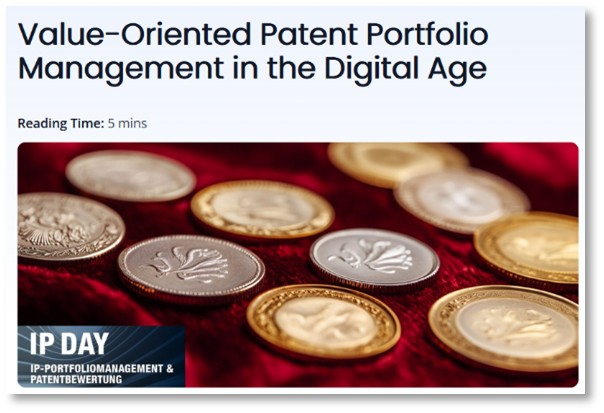 Sebastian’s topics naturally lend themselves to a repeatable BD loop:
Sebastian’s topics naturally lend themselves to a repeatable BD loop:
- Awareness: General-audience pieces (e.g., Top 3 misconceptions about AI) spark curiosity among in-house counsel, founders, and tech leads.
- Consideration: Deeper guides (e.g., Streamlining patent drafting series) help teams evaluate method and fit.
- Decision: Applied sessions—webinars on How patent practitioners can profit from generative AI—let prospects test the approach on their context.
- Engagement: Strategy work anchored in value-oriented portfolio management aligns filings, pruning, and analytics with business aims.
What makes it “systematic” is the content architecture: each step references the next, reducing hand-offs and making it easy for a prospect to advance voluntarily.
Client Journey & Conversion: From use case to mandate
Start with the use case, not the tool. Sebastian’s 📑𝗜𝗣 𝗠𝗮𝗻𝗮𝗴𝗲𝗺𝗲𝗻𝘁 𝗟𝗲𝘁𝘁𝗲𝗿 on the voice assistant shift in premium autos is a powerful teaching story: tech platforms captured the critical interface, and incumbents lost leverage. The learning: build early, use-case-driven IP positions where the value will concentrate—then maintain with analytics and portfolio hygiene. That narrative bridges easily into discovery workshops and portfolio mapping.
Conversion cues that work in IP:
- Diagnostic questions tied to product roadmaps (“Where will users feel the value first?”).
- Light-weight audits (e.g., claim scope vs. detectability).
- A pilot around one strategic use case (from scouting → invention harvesting → filing plan).
These de-risk collaboration while showing the client exactly how outcomes will be achieved.
Differentiation: Law firm brand vs. expert brand
Law-firm brands assure institutional quality. Expert brands win specific mandates. Sebastian balances both: Bösherz Goebel stands for a modern, remote-forward boutique; Sebastian’s expert brand signals how he will solve AI/software patent problems and steward a portfolio to business impact. On the IP Business Academy, this even extends to talent campaigns—with employer branding built around his expert content to attract patent engineers who want to work with AI-enabled workflows. This is a rare brand-stack in legal services: firm credibility plus a clearly authored method from the partner.
Practical takeaway: Separate who we are (firm) from how I help you (expert). Publish the latter in your own voice and tie it to measurable client outcomes.
Thought Leadership: “Share what you know so you can sell what you can do”
Sebastian’s content consistently teaches the method before the mandate:
- The 🎧IP Management Voice episode on AI-supported patent tools sets expectations: benefits and pitfalls (privacy, over-reliance), so clients come to the first meeting aligned and realistic.
- The EEN training recap frames regulatory context (EU AI Act) alongside practical workflows, so teams can see where legal and technical steps fit together.
- The 🎯IP Management Pulse features (#34, #38) keep his narrative connected to broader IP management themes—sustainability, timing, detectability—so he’s part of how executives track what matters.
The result is the essence of our maxim: generous, structured teaching that shortens sales cycles—because the buyer has already experienced the method.
How Sebastian’s model generalizes for other IP experts
- Pick a signature transformation. For Sebastian it’s AI-enabled drafting + value-oriented portfolios. Yours might be standards-essential strategy, UX protection in medtech, or patents for robotics control.
- Build a three-layer content stack:
- Anchor (🔗dIPlex page or long-form explainer)
- Applied (📑𝗜𝗣 𝗠𝗮𝗻𝗮𝗴𝗲𝗺𝗲𝗻𝘁 𝗟𝗲𝘁𝘁𝗲𝗿 case)
- Conversation (📝IP Business Academy Blog / 🎧IP Management Voice podcast / LinkedIn thread)
Each piece should point to the next deeper step.
- Design the conversion path: webinar → diagnostic → pilot → retainer, with clear promises at each step.
- Measure what matters: topic-qualified inquiries, meeting acceptance rate, and pilot-to-retainer conversion—not vanity metrics.
The Sebastian Goebel “stack” in one sentence
A clear expert promise, structured teaching across IPBA® Connect channels, and a use-case-first journey that turns attention into action. That’s modern IP expert marketing—and it’s repeatable.
